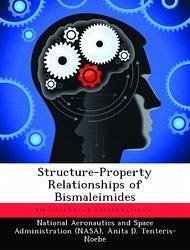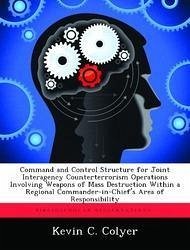
Structure-Property Relationships of Bismaleimides
Versandkostenfrei!
Versandfertig in über 4 Wochen
52,99 €
inkl. MwSt.

PAYBACK Punkte
26 °P sammeln!
The purpose of this research was to control and systematically vary the network topology of bismaleimides through cure temperature and chemistry (addition of various coreactants) and subsequently attempt to determine structure-mechanical property relationships. Characterization of the bismaleimide structures by dielectric, rheological, and thermal analyses, and density measurements was subsequently correlated with mechanical properties such as modulus, yield strength, fracture energy, and stress relaxation. The model material used in this investigation was 4,4'-BismaleiMidodIphenyl methane (BM...
The purpose of this research was to control and systematically vary the network topology of bismaleimides through cure temperature and chemistry (addition of various coreactants) and subsequently attempt to determine structure-mechanical property relationships. Characterization of the bismaleimide structures by dielectric, rheological, and thermal analyses, and density measurements was subsequently correlated with mechanical properties such as modulus, yield strength, fracture energy, and stress relaxation. The model material used in this investigation was 4,4'-BismaleiMidodIphenyl methane (BMI). BMI was coreacted with either 4,4'-Methylene Dianiline (MDA), o,o'-diallyl bisphenol A (DABA) from Ciba Geigy, or Diamino Diphenyl Sulfone (DDS). Three cure paths were employed: a low- temperature cure of 140 C where chain extension should predominate, a high-temperature cure of 220 C where both chain extension and crosslinking should occur simultaneously, and a low-temperature (140 C) cure followed immediately by a high-temperature (220 C) cure where the chain extension reaction or amine addition precedes BMI homopolymerization or crosslinking. Samples of cured and postcured PMR-15 were also tested to determine the effects of postcuring on the mechanical properties. The low-temperature cure condition of BMI/MDA exhibited the highest modulus values for a given mole fraction of BMI with the modulus decreasing with decreasing concentration of BMI. The higher elastic modulus is the result of steric hindrance by unreacted BMI molecules in the glassy state. The moduli values for the high- and low/high-temperature cure conditions of BMI/MDA decreased as the amount of diamine increased. All the moduli values mimic the yield strength and density trends. For the high-temperature cure condition, the room- temperature modulus remained constant with decreasing mole fraction of BMT for the BMI/DABA and BMI/DDS systems. Postcuring PMR-15 increases the modulus over that of the cured mate














